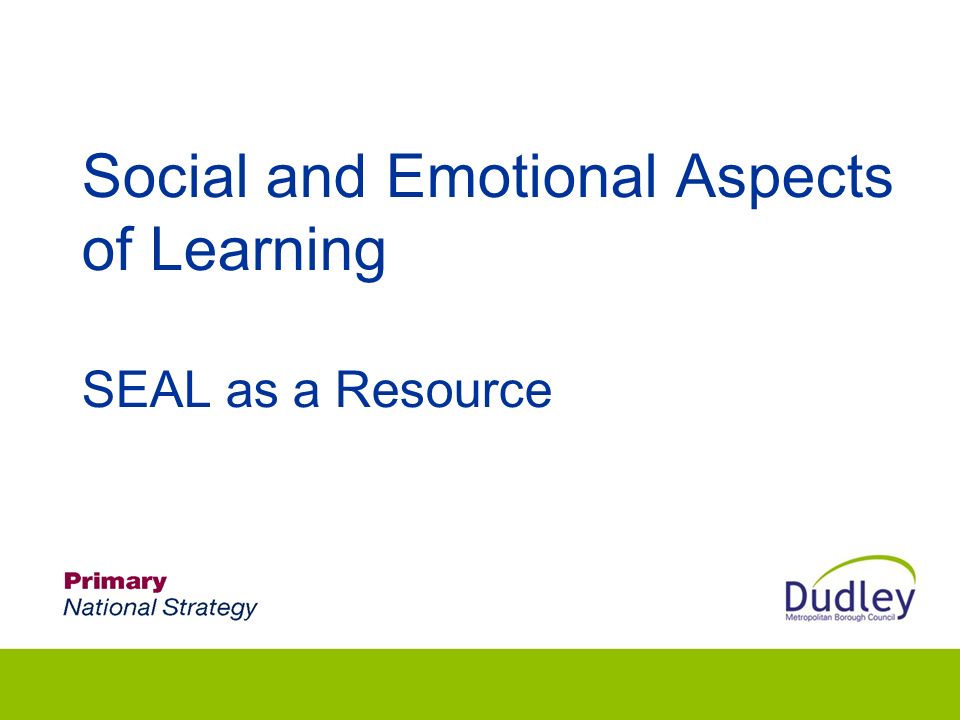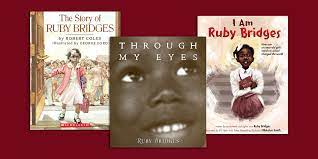In today’s fast-paced and often competitive society, fostering an environment of kindness and compassion is more critical than ever. Empathy, the ability to understand and share the feelings of others, is a skill that can and should be nurtured from a young age.
Parents, educators, and caregivers have the unique opportunity to teach children empathy. This vital life skill will enable them to form meaningful relationships, act with kindness, and contribute positively to their communities.
Here are some effective ways to teach empathy to children:
1.Model Empathetic Behavior – Children learn by example. When parents and teachers demonstrate empathy through their actions and words, children absorb those behaviors. This includes showing concern for others, listening actively, and validating feelings.
2.Read Stories About Empathy – Literature is a powerful tool for illustrating empathetic situations. Through stories, children can experience various perspectives and emotions that they might not encounter in their immediate lives.
3.Encourage Expression of Feelings – Helping kids label and express their own emotions lays the groundwork for them to recognize these emotions in others. This can start with simple check-ins about how a child is feeling throughout the day.
4.Teach Active Listening – Teach children the importance of listening to others without interruption. Active listening also involves acknowledging what someone else has said before responding.
5.Practice Perspective-Taking – Engage children in role-play or discuss different scenarios to help them see things from various viewpoints. Ask questions like “How do you think he/she felt when that happened?”
6.Foster an Environment of Inclusivity – Promoting diversity and inclusivity at home or in the classroom teaches children to appreciate differences in people and understand that everyone has a unique story.
7.Encourage Helping Others – Encouraging acts of kindness—such as sharing toys or assisting friends in need—reinforces empathetic behavior.
8.Use Praise Judiciously – When a child acts with compassion or kindness, praising this behavior reinforces these actions as positive and desirable.
9.Lead by Compassion-Based Values – When rules and decisions are guided by compassion and fairness rather than punishment or fear, children learn to internalize these values as their moral compass.
By practicing these strategies consistently, adults can significantly influence children’s ability to empathize with others—a trait that will benefit them through all stages of life, fostering healthier relationships and a more compassionate society.
Note: The information above has been crafted according to your request for raw text on teaching empathy, kindness, and compassion for kids within an article format under the title “Teaching Empathy | Kindness and Compassion for Kids”.











